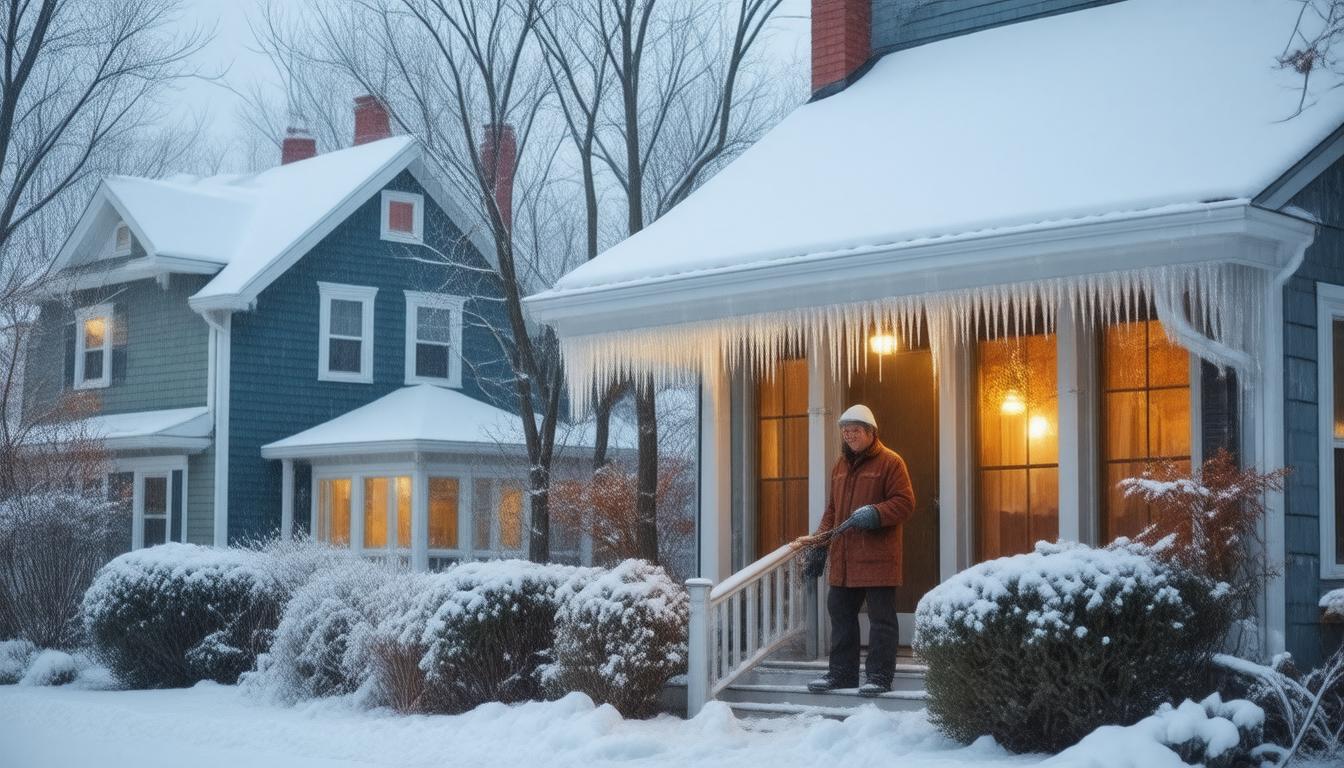

Introduction
In competitive housing markets, some potential buyers might consider skipping the home inspection process as a strategy to make their offer more appealing to sellers. While this can indeed expedite the transaction and stand out among multiple offers, bypassing this step carries significant risks. This article explores the reasons why some buyers skip inspections, the potential risks involved, and safer alternatives to consider.
Why Some Buyers Skip Home Inspections
In a sellers’ market, where demand outstrips supply, homebuyers often find themselves in intense bidding wars. To make their bids more attractive, buyers may opt to forgo certain contingencies, including the home inspection. This can seem attractive to sellers who want a quick, hassle-free sale, as it reduces the likelihood of renegotiations or additional repair requests. Additionally, in extraordinarily hot markets, desperate buyers believe skipping an inspection can speed up the sale process and reduce the chances of the deal falling through.
Streamlining the Purchasing Process
By eliminating the home inspection, buyers can significantly shorten the purchasing timeline. This is particularly appealing in a fast-paced market where properties may be on the market for just a few days. It can also be a tempting option for properties likely to attract multiple offers.
Potential Risks of Skipping a Home Inspection
While skipping a home inspection can make an offer more appealing, it also increases the buyer’s risks significantly. Home inspections can reveal critical issues such as structural problems, roof damages, electrical issues, plumbing problems, and other major defects that could be costly to repair.
Financial and Safety Implications
Discovering significant issues after purchasing a home can lead to massive financial burdens that could have been negotiated with the seller or avoided altogether. Safety issues such as faulty wiring or poor construction can also pose serious risks to the home’s occupants, potentially leading to accidents or injuries. Furthermore, the lack of inspection documentation can complicate future insurance claims or resale opportunities, as subsequent buyers might be wary of a home that wasn’t previously inspected.
Alternatives to Skipping a Home Inspection
For buyers in a competitive market, completely skipping a home inspection might seem like the only choice. However, there are several alternatives that can protect their interests without deterring sellers:
Pre-Inspection
Conducting a pre-inspection is a strategy where the inspection is done before making an offer. This allows the buyer to be fully informed about the property’s condition when making the bid, reducing the need for inspection contingencies, yet maintaining the protective insight of an inspection.
As-Is Offers with Inspection Rights
An as-is offer indicates that the buyer is willing to take the property in its current state but still reserves the right to an inspection. This can reassure the seller about the buyer’s commitment while allowing the buyer a chance to back out if the inspection reveals substantial issues.
Post-Offer Inspection
Another approach is to negotiate a short period post-acceptance during which the inspection can occur. This kind of arrangement keeps the contingen-cy but shortens the inspection period, expediting the overall purchase process.
Conclusion
Skipping a home inspection can be a tempting tactic in a competitive market, but it comes with substantial risks. While it might aid in securing a property amid stiff competition, the repercussions of unforeseen property problems can be financially and emotionally draining. It is crucial for buyers to weigh their options carefully and consider safer alternatives that offer both the security of an inspection and the competitiveness of a streamlined offer.







